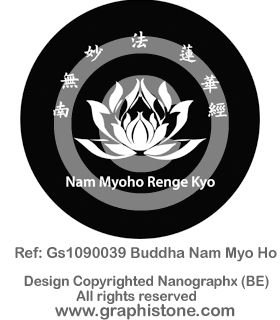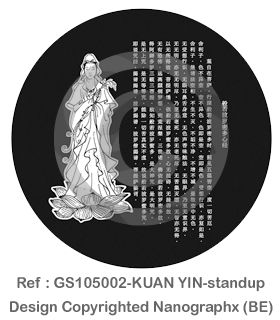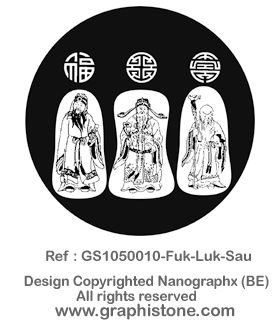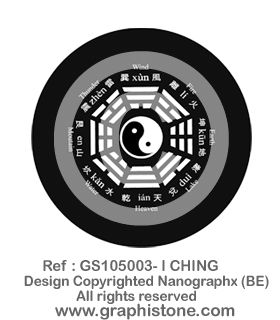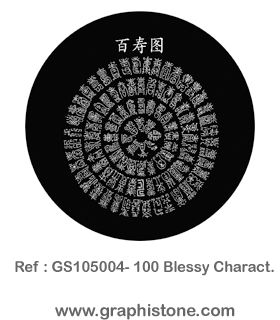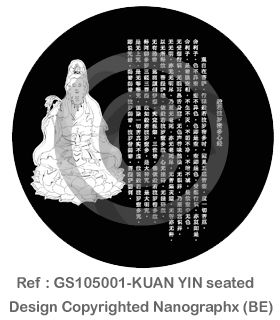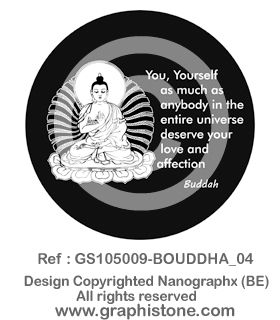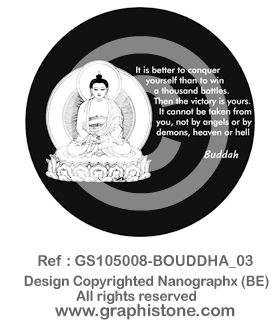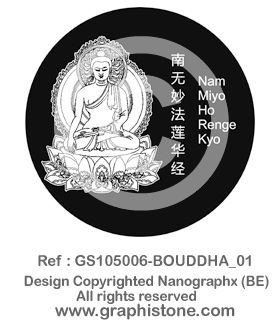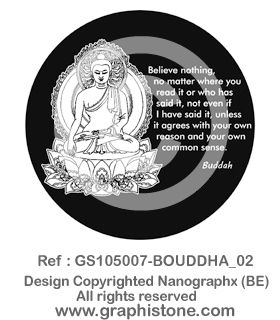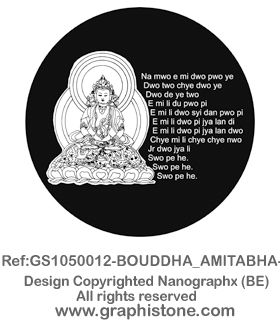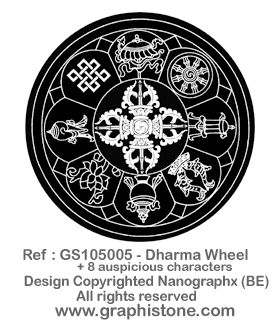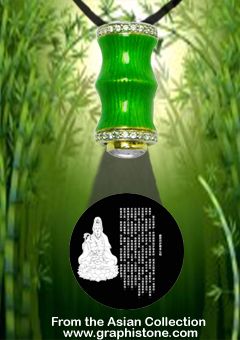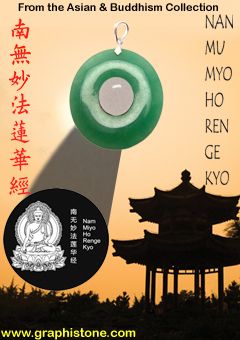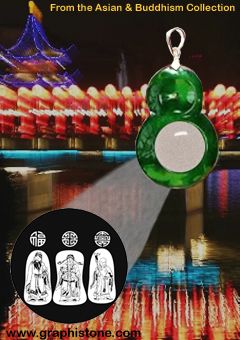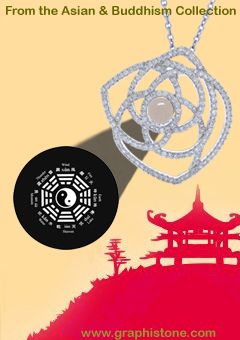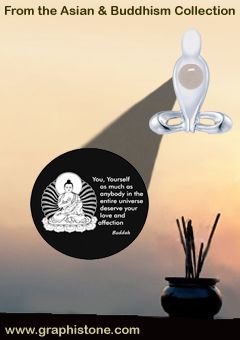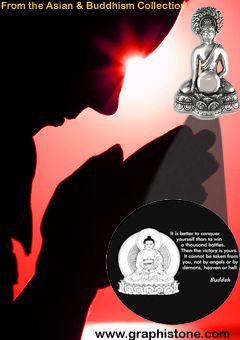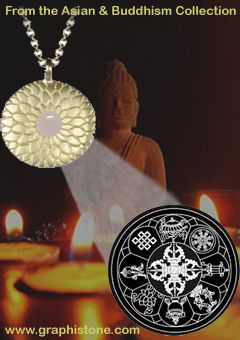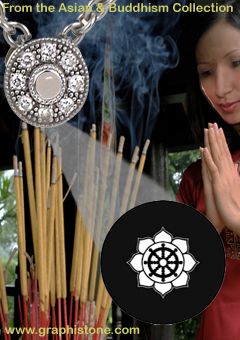Graphistone, the Asian & Buddhism Collection
Asia & Buddhism Collections
Asia & Buddhism Collection
Along with spiritual designs, Graphistone expanding its creativity in the field of religious and philosophy contained Asian or Buddhist symbols, a tradition which continues to this day. Words are sequenced so that they not only convey meaning but also create specific power and wisdom through their utterance. Graphistone committed to bring spiritual scriptures close to your heart. Out of compassion I destroy the darkness of their ignorance. From within them I light the lamp of wisdom and dispel all darkness from their lives. Graphistone committed to bring spiritual scriptures close to your heart. The gallery on the left is only for examples of possibilities, designs are unlimited.
Buddhism is the message of Mindfulness, Love and Compassion. Siddhartha Gautama, was a spiritual teacher from ancient India who founded Buddhism. In most Buddhist traditions, he is regarded as the Supreme Buddha of our age, "Buddha" meaning "awakened one" or "the enlightened one". He is also regarded as a god or prophet in other world religions or denominations, including Hinduism, Ahmadiyya Islam and the Bahá'í faith. Various collections of teachings attributed to him were passed down by oral tradition, and first committed to writing about 400 years later.
One of the most distinctive symbols in our Graphistone Talisman's Power is the female form of Quan Yin, celebrated by Shankari as the Moon Goddess of femininity and peace, bringing to you to understand the powerful creative female life force and the magical power of peace and tranquility through compassion.
In Chinese Buddhism, Guan Yin (Kuan-Yin or Quan Yin) is usually depicted in flowing robe and usually wears royal necklaces. Quan Yin, originally known as Avalokiteswara ('the Lord who regards'), Quan Yin Goddess is an important element of Buddhism, especially in China and East Asian countries. In Japanese, Guan Yin Goddess is called Kannon or Kanzeon, which is much formal. The spelling of Kwannon also can be seen, due to the system of romanization. In Korean, Quan Yin Goddess is called Kwan-um or Kwan-se-um. She is called Quan Âm or Quan Thế Âm Bồ Tát in Vietnam.
Buddha & Budai. Over the history of Buddhism, there have been several notable figures who would come to be remembered as, and referred to as, Buddha. It is a large range of possibilities to represent Buddha and Graphistone will prepare many designs for that.
The term buddha means "one who is awake", connoting one who has awakened into enlightenment . Many Westerners confuse Budai (the Buddah smiling or laughing) with Gautama Buddha.
Budai (or Pu-Tai (Chinese: 布袋 -笑佛 pinyin: Bùdài), or Hotei in Japanese, Bố Đại in Vietnamese, is traditionally depicted as an obese, bald man wearing a robe and wearing or otherwise carrying prayer beads. He carries his few possessions in a cloth sack, being poor but content, entertaining or being followed by adoring children. His figure appears throughout Chinese culture as a representation of contentment. It is a Chinese folkloric deity and his image graces many temples, restaurants, amulets, and businesses. In Japan, Hotei persists in folklore as one of the Seven Lucky Gods (Shichi Fukujin) of Taoism.
Buddha Siddhartha Gautama is the person who lived during the 6th century BCE and who began and teach the religion of Buddhism, He is also called Sakyamuni or Tathāgata, regarded as the Supreme Buddha(Pali sammāsambuddha,Sanskrit samyaksaṃbuddha) of our age.
Gautama is the primary figure in Buddhism, the title Buddha (Sanskrit buddha, "awake", perfect passive participle of Sanskrit root budh, "to awaken") he was later granted by his disciples. It is also known as a Tathagata, "one that came / went and preached the Good Law" (dharma). Gautama taught a Middle Way between sensual indulgence and the severe asceticism found in the Sramana (renunciation) ovement common in his region, he would not say if gods exist or not. He taught that people should not look to gods to save them or bring them enlightenment Buddhism teaches non-harm and balance – not going too far one way or the other. The Buddha taught people to meditate, or think deeply, while sitting in the lotus position.
All Buddhist currents consider the "Buddha pure and perfect" (samyaksambuddha) 5 of our era, not only attained enlightenment, but is able to "set in motion the wheel of law" and spread the Buddhist education in the world. His teaching was transmitted orally for three to four centuries before being laid in the texts of the Pali Canon.
The Graphistone Happy wheel is a an association of the Eight-Spoked Dharma Wheel and the Eight Auspicious Symbols. Buddhism is a world religion with many different schools of thought, but the Dharma wheel unites all Buddhists, the Eight Auspicious Symbols are a group of lucky Buddhist symbols that appear on many Buddhist items.
The Eight-Spoked Dharma Wheel (or dharmachakra in Sanskrit as the wheel is an early Indian symbol of sovereignty, protection and creation), is one of the oldest symbols of Buddhism, a common symbol of the Buddha’s teaching of truth, going back to the first sermon Guatama Buddha gave to his disciples in Deer Park, has eight spokes represent the Noble Eightfold Path of Buddhism and can be seen as a simple mandala. It symbolizes basic Buddhist concepts such as the Noble Eightfold Path and the Four Noble Truths, Buddhism. The wheel also represents the endless cycle of samsara, or rebirth, which can only be escaped by means of the Buddha's teachings. Around the globe it is used to represent Buddhism in the same way that a cross represents Christianity or a Star of David represents Judaism. It is also one of the Eight Auspicious Symbols of Buddhism.
The Eight Auspicious Symbols derive from Indian iconography and have become especially popular in Tibetan Buddhism (Ashtamangala in Sanskrit, ashta meaning eight and mangala meaning auspicious). The Eight Auspicious Symbols are the golden wheel, the mystical knot, the white umbrella, the banner of victory, the right-turning conch shell, the treasure vase, the lotus and the double golden fish. The eight objects feature strongly in Indian, Tibetan and Chinese religious and iconic imagery. To the yogics of India, the eight objects signify the essence of the body highlighting its luminous essence, its intrinsic purity and the auspiciousness of the mind. Each symbol represents an aspect of Buddhist teaching : 1. Right understanding, 2. Right thought, 3. Right speech, 4. Right action, 5. Right livelihood, 6. Right effort,7. Right mindfulness, 8. Right concentration, and and when they appear together, their powers are multiplied, globally accepted as general symbols of good fortune, displayed and worn to attract prosperity and harmony.
Flower wheel and Lotus Dharma are two of the most common symbols in Buddhism. Lotus flower represents purity and enlightenment. Both are combined in a simple spiritual design! Ornate Buddhist Dharma Wheel and Lotus Flower to be the Wheel of Dharma Lotus Flower
The Ying Yang are the Chinese terms for the basic polarities of the Universe and is recognized as being one of the oldest and best-known life symbols in the world and has been used by many cultures including ancient Celtic and Imperial Roman. "Heaven was created by the concentration of Yang, the force of light, earth was created by the concentration of Yin, the forces of darkness. Yang stands for peace and serenity; Yin stands for confusion and turmoil. Yang stands for destruction; Yin stands for conservation. Yang brings about disintegration; Yin gives shape to things.... . Ying Yang meaning much more than just female/male, Yin-Yang are the Chinese terms for the basic polarities of the Universe. Yang is time, light, strong. Yin is space, dark, weak. Yang is the direction upwards, Yin downwards. Yang is the closed circle, Yin is the open angle. Yang is clockwise, Yin counter-clockwise. Yang is hard, resistant and tense, Yin is soft, yielding and relaxed.
The I Ching or "Yì Jīng" (pinyin), also known as the Classic of Changes, Book of Changes or Zhouyi, is one of the oldest of the Chinese classic texts, and it is a form of divinatory practice involving 64 hexagrams (patterns of 6 broken and unbroken lines), which are used in a divinatory way by the throwing of yarrow stalks or coins.Traditionally, the I Ching and its hexagrams were thought to pre-date recorded history, some consider the I Ching the oldest extant book of divination, dating from 1,000 BCE and before. During the Warring States Period, the text was re-interpreted as a system of cosmology and philosophy that subsequently became intrinsic to Chinese culture. It centered on the ideas of the dynamic balance of opposites, the evolution of events as a process, and acceptance of the inevitability of change. A straight line symbolizes Yang: A broken line stands for Yin. Yang____ Yin__ __, meaning much more than just female/male. By the use of the two kinds of lines each trigram also has yin and yang. Eight Yin-Yang combinations are possible with three components. The eight trigrams are basic symbols of Eastern philosophy, they were held to he in a state of continual transition, one changing into another, just as transition from one phenomenon to another is continually taking place in the physical world. Here we have the fundamental concept of the Book of Changes. Each of the eight trigrams has an inner structure, image, motivation and essence, These eight images came to have manifold meanings. They represented certain processes in nature corresponding with their inherent character. Further, they represented a family consisting of father, mother, three sons, and three daughters, not in the mythological sense in which the Greek gods peopled Olympus, but in what might be called an abstract sense, that is, they represented not objective entities but functions. The Trigrams are accessible to consciousness and physical exercises like the Pa Kua of Tai Chi Chuan. There is a specific Tai Chi exercise tied to each of the Trigrams. They are found everywhere throughout the Orient
Fu-Lu-Shou, the HAPPINESS-HANDSOME SALARY-LONGEVITY symbol, also known Fuk Luk Sau for Health, Wealth and Happiness. Fu Lu Shou (simplified Chinese: 福禄寿; traditional Chinese: 福祿壽; pinyin: Fú Lù Shòu) is the concept of Good Fortune (Fu), Prosperity (Lu), and Longevity (Shou). This Taoist concept is thought to date back to the Ming Dynasty, when the Fu Star, Lu Star and Shou Star were considered to be personified deities of these attributes respectively, that demonstrate the interest of the Chinese traditional culture for three areas: happiness, prosperity and longevity.
Fu-Lu-Shou is believed to be the three lucky stars in the heaven. It is the symbol of success happiness and in socializing and etiquette as well as in daily life. Fu: the approaching of happiness, Lu: high position and handsome salary,Shou: longevity, wish one can live as long as "Nansan"Traditionally, they are arranged right to left (so Fu is on the right of the viewer, Lu in the middle, and Shou on the far left). The term is commonly used in Chinese culture to denote the three attributes of a good life.
Another Chinese high symbol is The "lucky" bamboo. It is one of the plants recommended by Feng Shui masters and practitioners to improve Feng Shui and create a space where you feel safe and revitalized to meet the demands and pressure of today's world.
This plant symbolizes good luck and it is said to bring good fortune and prosperity for the couple, business or people who are dear to us. Many opportunities can be promoted by the "lucky" bamboo, such as a wedding, a party, a birthday, promotion, graduation, etc ... Chinese buy "lucky" bamboo to celebrate starting a business, buying a new home, or just for the chance! You can see on the gallery with pendants and example of a Bamboo pendant with a Graphistone inside.
The range of Asian / Buddhism religious and symbols will expands in future, do not hesitate to ask us. The smart use of nano technology allows the creation of this spiritual wonder. “The Graphistone is water proof and the engraved message has a lifetime measured in centuries.
